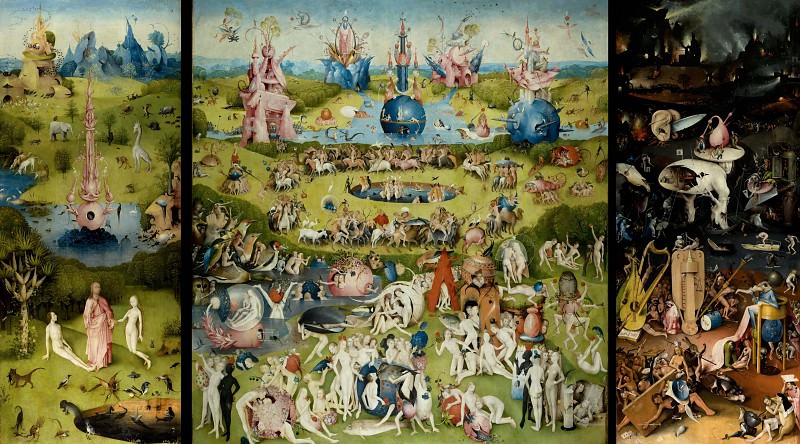Joseph Beuys: The Art and Influence
Introduction
Joseph Beuys, a German avant-garde artist, sculptor, performance artist, and theorist, has left an indelible mark on contemporary art. His works are known for their profound philosophical underpinnings, provocative nature, and the way they challenge conventional boundaries. Beuys' art is deeply intertwined with his political beliefs and his ideas on social sculpture, making him a seminal figure in the post-war art scene.
Early Life and Influences
Born on May 12, 1921, in Krefeld, Germany, Beuys was deeply influenced by his experiences during World War II, where he served as a fighter pilot. His plane was shot down in Crimea in 1944, leading to a significant turning point in his life. According to Beuys, he was rescued by nomadic Tartars who treated his severe injuries with felt and fat, materials that would later become recurring elements in his artwork. This anecdote, whether entirely factual or mythologized, underscores the central themes of healing and rebirth in his work.
Artistic Beginnings
After the war, Beuys studied at the Düsseldorf Academy of Fine Arts, where he was influenced by artists like Ewald Mataré and Wilhelm Lehmbruck. He began exploring various mediums, including drawing, sculpture, and performance. His early works were marked by an exploration of organic forms and materials, often reflecting his interest in natural sciences and anthropology.
Social Sculpture and Expanded Art
One of Beuys' most significant contributions to the art world is the concept of "social sculpture." He believed that art should not be confined to traditional forms but should extend into the social realm, influencing and shaping society. For Beuys, every human being was an artist, capable of contributing to the creation of a better social organism. This idea was revolutionary and aligned with his broader political and ecological activism.
His expanded notion of art led to numerous performances and actions that blurred the lines between art and life. One of his famous works, "How to Explain Pictures to a Dead Hare" (1965), involved him walking around an art gallery with his face covered in honey and gold leaf, cradling a dead hare. This performance highlighted his belief in the spiritual and transformative power of art.
Iconic Works and Materials
Beuys' use of unconventional materials such as felt, fat, and honey was both symbolic and practical. Felt represented warmth and protection, echoing his wartime experiences. Fat symbolized transformation and energy storage, reflecting his interest in alchemy and the potential for change.
One of his iconic installations, "The Pack" (1969), featured a Volkswagen bus with 24 sleds attached, each carrying a felt blanket, fat, and a flashlight. This work symbolized survival and rescue, themes that were central to Beuys' philosophy.
Political Activism and the Green Movement
Beuys' art was inseparable from his political activism. He was a co-founder of the German Green Party and was deeply involved in ecological and social causes. His 7000 Oaks project, initiated at the 1982 Documenta exhibition in Kassel, aimed to plant 7,000 oak trees paired with basalt stones, symbolizing the need for environmental regeneration and community involvement in ecological restoration. This project was a quintessential example of his concept of social sculpture, where the act of planting trees became a communal, artistic endeavor.
Teaching and Influence
Beuys was a professor at the Düsseldorf Academy of Fine Arts from 1961 until 1972, when he was dismissed for his unorthodox teaching methods and his insistence on open admission for his classes. Despite his dismissal, he continued to influence a generation of artists through his workshops, lectures, and writings. His pedagogical approach emphasized creativity, freedom, and the transformative power of art.
His influence extended beyond the art world into politics, education, and ecology. Artists such as Anselm Kiefer and Marina Abramović have cited Beuys as a significant influence on their work. His ideas on social sculpture and expanded art continue to resonate in contemporary discussions about the role of art in society.
Legacy and Continued Relevance
Joseph Beuys' legacy is evident in the ongoing relevance of his ideas and works. His belief in the power of art to affect social change, his innovative use of materials, and his integration of life and art continue to inspire artists and activists alike. Institutions worldwide, including the Museum of Modern Art in New York and the Tate Modern in London, have showcased his works, ensuring that his influence endures.
Exhibitions dedicated to Beuys often focus on his ability to merge art with social activism. Retrospectives highlight not only his artistic achievements but also his contributions to political and ecological thought. The continued scholarly interest in his work underscores the depth and complexity of his ideas.
Conclusion
Joseph Beuys remains a pivotal figure in contemporary art, not only for his innovative works but also for his profound impact on the way we think about the role of art in society. His concept of social sculpture challenges us to consider how art can contribute to the creation of a more just and sustainable world. Beuys' legacy is a testament to the enduring power of art to inspire, provoke, and transform.

















